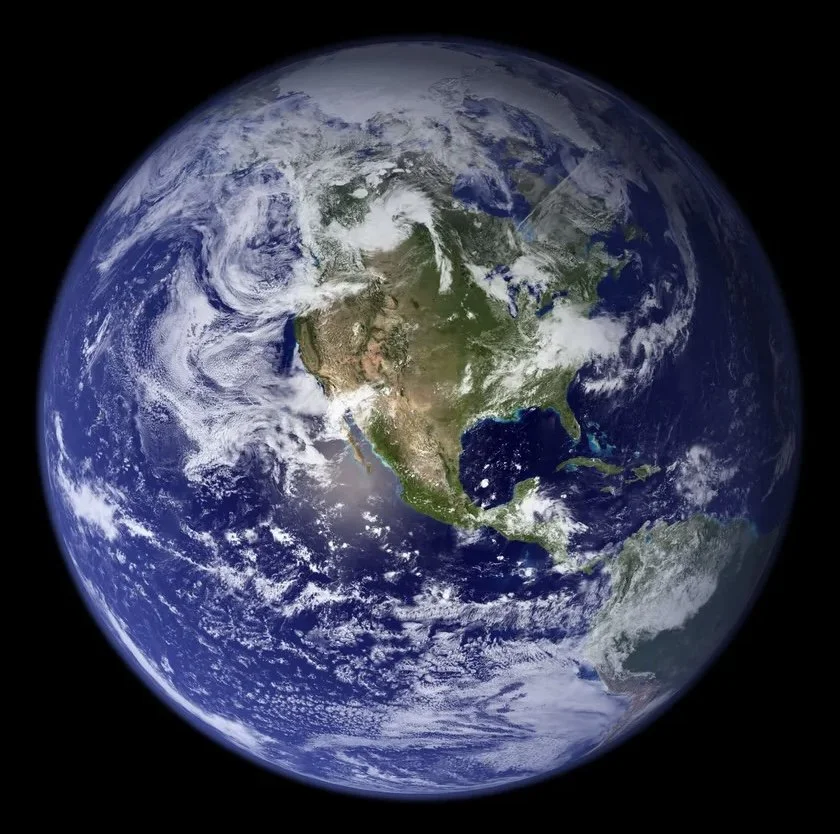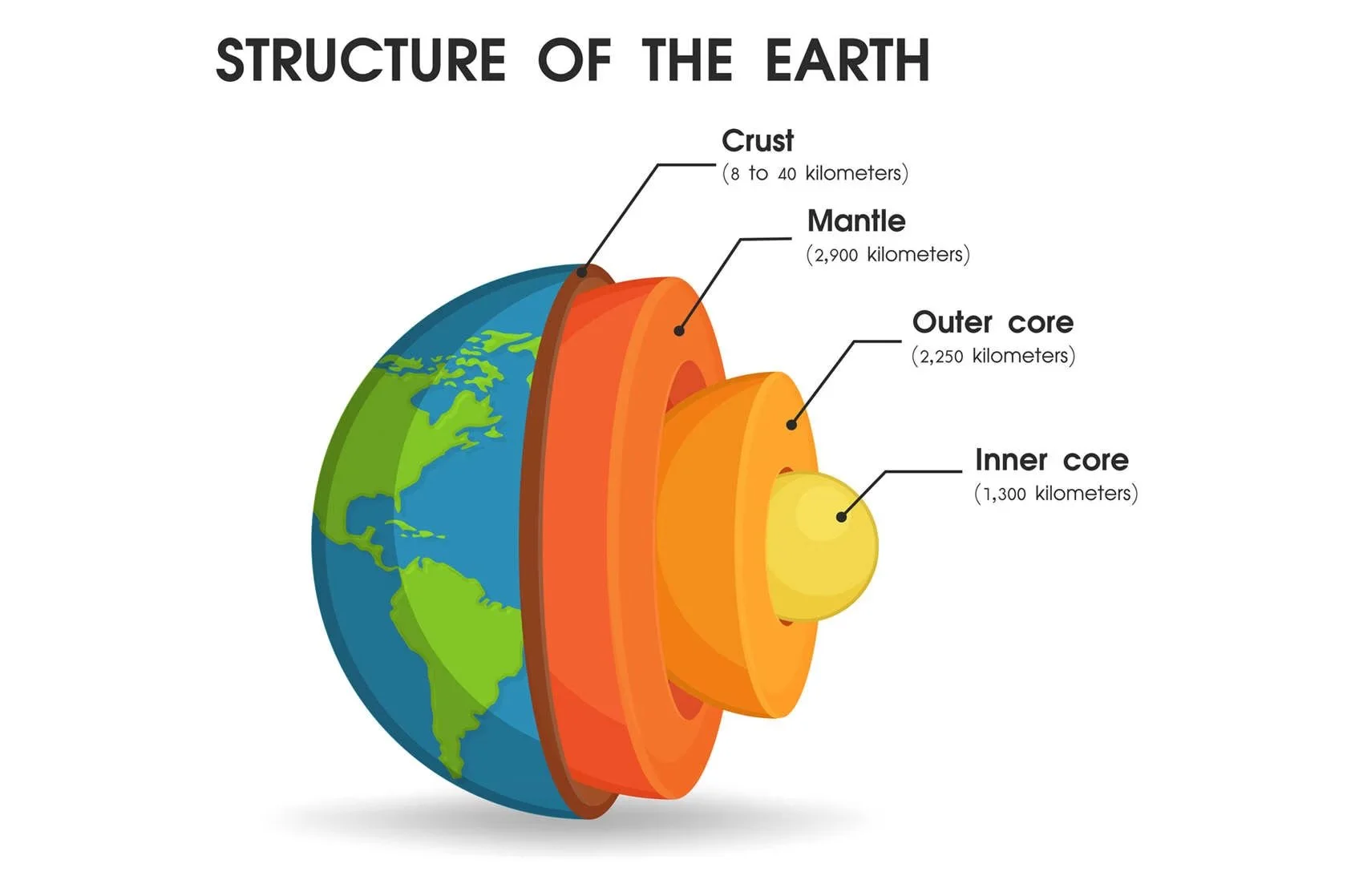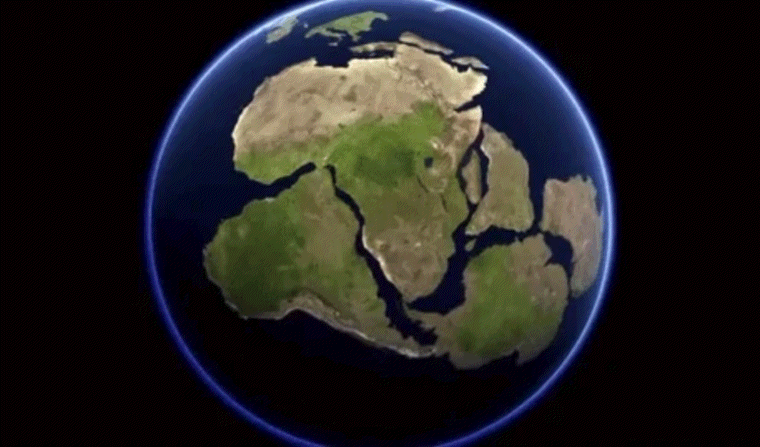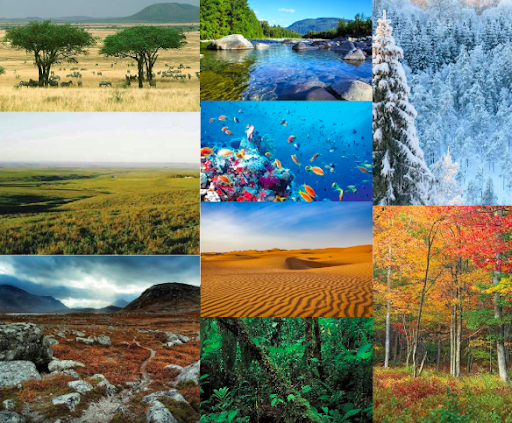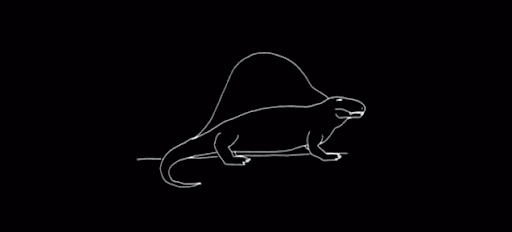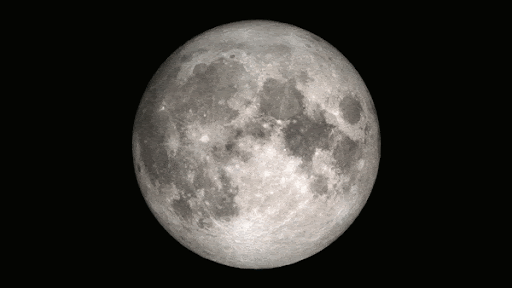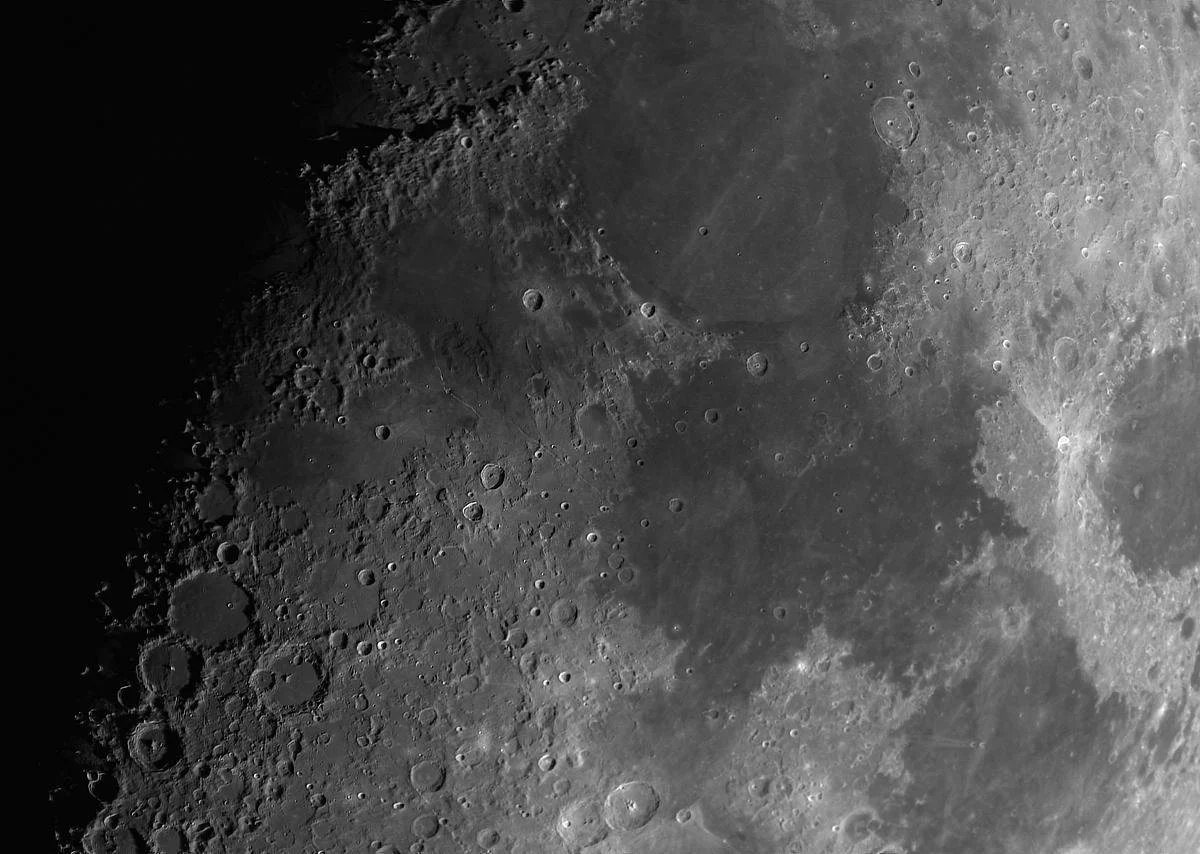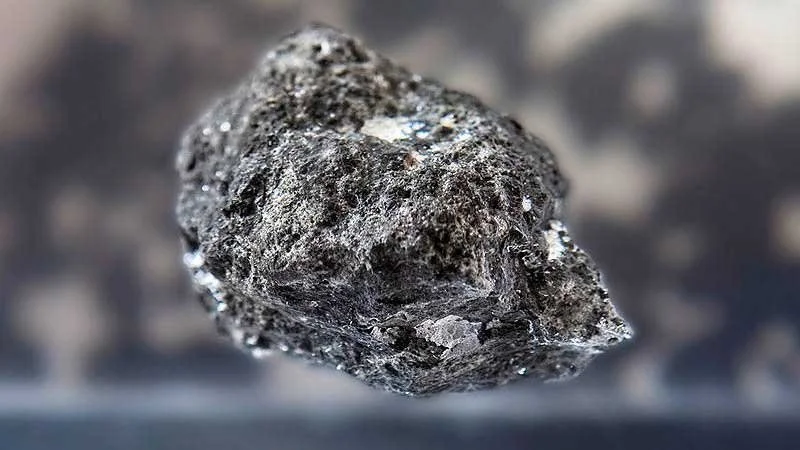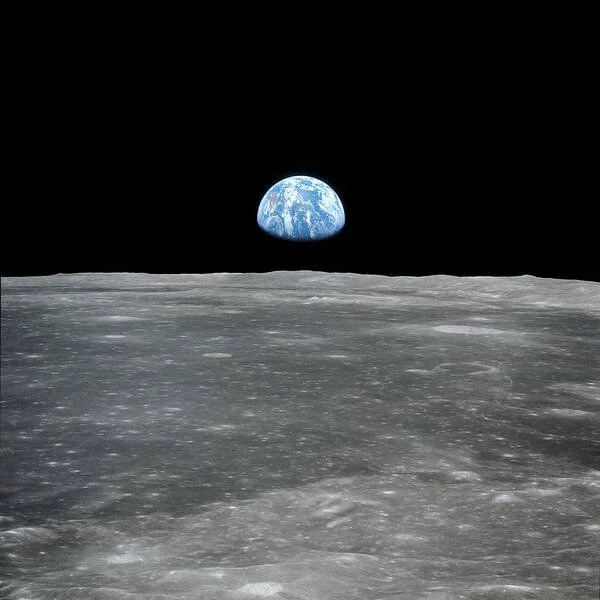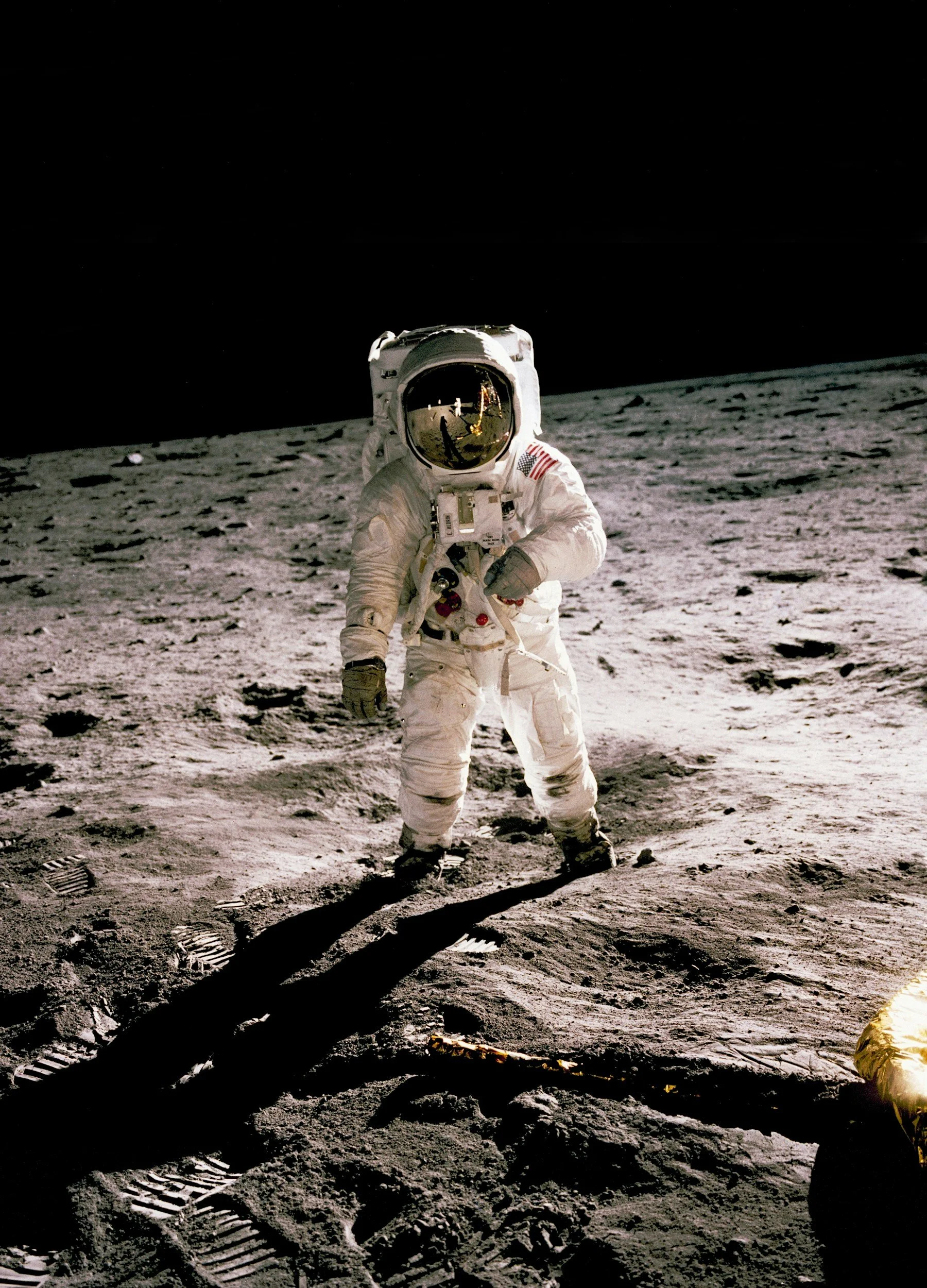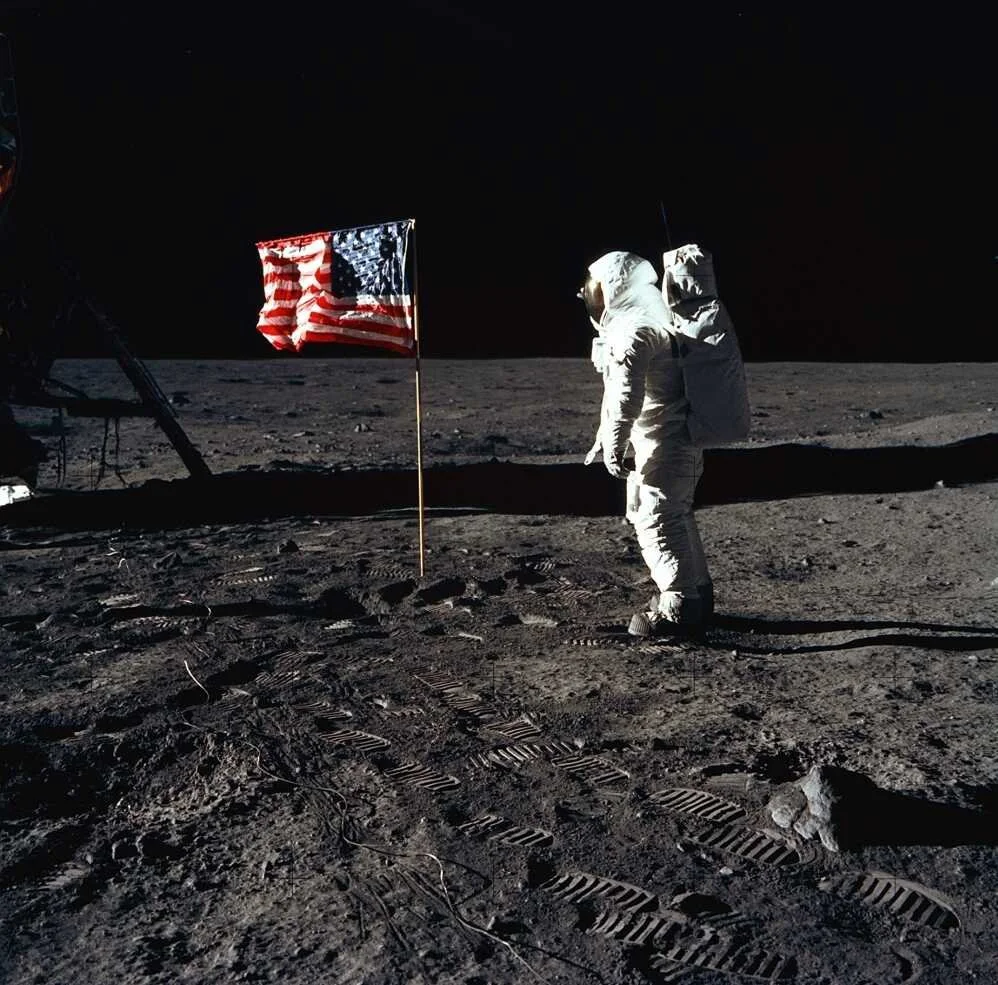EARTH
The cradle of humanity.
Distance from the Sun: 150 million km (1 AU)
Diameter: 12,750 km
Rotation period: 24 hours
Orbital period: 365.25 days
Earth is the third planet in the solar system, sitting comfortably within the nearer part of the Goldilocks zone, a range of distance from the Sun in which temperatures can maintain liquid water. About 70% of Earth’s surface is covered in liquid water. Scientists have indeed detected water across our solar system as well as on exoplanets orbiting far away stars. However, this water is always either found frozen, or inhabiting an object with either no breathable atmosphere or no traversable surface. We have found many Earth-like worlds but never another Earth.
Like all other planets in the solar system, however, Earth’s orbit is eccentric. This means that it’s not a perfect circle and at some points is closer to the Sun and at other points is further. The average distance between the Earth and Sun is the basis for the astronomical unit (AU). Counterintuitively, it is during the winter months that Earth is closest to the Sun and the summer months when it is furthest. Thus, it is not distance from the Sun that causes the seasons. Earth is tilted on its axis at an angle of 23.5°, meaning on every summer solstice (June 21st) the northern hemisphere is angled towards the Sun and every winter solstice (December 21st) the southern hemisphere is angled towards the Sun. Whichever hemisphere is oriented towards the Sun will receive more direct sunlight and thus becomes warmer. The opposite hemisphere will receive sunlight that is more widely spread across the surface and does not warm as much.
Earth is the largest of the terrestrial planets and the densest object in the solar system. That’s right. The densest object. While the Sun is no doubt much, much more massive than Earth, that mass is spread out over a significantly larger volume. A majority of the solar system’s planets are denser than the Sun, but Earth beats them all (at about four times denser than the Sun on average), with Mercury coming in at a close second.
Earth’s core is made of iron and nickel. It is hotter than the surface of the Sun due to a combination of leftover heat from the Earth’s formation, gravity’s high pressure, decaying uranium and friction. The churning of its liquid outer core conducts electricity and produces Earth’s magnetic field. This protects the planet, and more importantly its atmosphere, from punishing solar winds. Beyond the core is the mantle, which is a semi-solid layer that can flow over long spans of time via convection, similar to the convection zone within the Sun. Above the mantle is the Earth’s crust, a very thin, solid layer that acts as the surface. The crust is less dense than the mantle so it kind of floats on top of it. It is atop this thin layer that humans have dwelled since they first evolved.
The crust is broken up into tectonic plates which can shift around as the rock in the mantle flows due to convection. Over geological periods of time, this can alter the layout of the Earth’s geography. Pangaea was a supercontinent that existed during the late Paleozoic and early Mesozoic eras. As tectonic plates shifted, it began to break apart about 200 million years ago, while dinosaurs still roamed the Earth. The continents slowly drifted and spread further and further apart until they eventually reached the configuration they have now. As they have before, continental plates will continue to shift in the future and Earth’s geography will likely look very different from today in another 200 million years.
Plate tectonics also affects geography at smaller levels as well. For example, mountain ranges form where two continental plates collide with each other, pushing the crust upward. Volcanoes and earthquakes are common at the boundaries between tectonic plates, and are triggered by the friction of plates grinding against each other. During volcanic eruptions, lava flows across the surface and then cools to create new land while gas is pumped into the atmosphere.
Earth features a significant diversity of biomes across its landmasses that vary in temperature and humidity as well as different types of flora, fauna and soil.
These biomes range from:
Temperate deciduous forests
Hot, arid deserts
Rugged mountains
Sun-baked grasslands
Boreal coniferous forests (taigas)
Tropical rainforests and islands
Frozen tundras
Freshwater and oceans
Earth’s atmosphere is a thick layer of gas resting on top of the crust, held to the planet by gravity. It’s made up of mostly nitrogen and oxygen (78% and 21% respectively) and an assortment of other gasses and water vapor. Hot air within the atmosphere rises while cold air sinks. This creates a cycling current called convection which produces various kinds of weather, especially when combined with water. Air being pushed across the surface by this change in temperature and air pressure is what we experience as wind. Rising air carries water vapor with it to form clouds. When the water vapor in the clouds becomes too heavy, it pours down to the ground in the form of rain. When the water vapor is frozen into ice crystals, it falls as snow. Electric charges can build up from the attraction between the negative electrons in the clouds and the positive protons on the ground. When this build up becomes too strong it is discharged in the form of lightning, a flash of superheated plasma that reaches temperatures hotter than the surface of the Sun! The heating and resulting expansion of the air happens so quickly that it causes a sonic boom that we hear as thunder.
About 25 km above the surface, the ozone layer is made of a particular type of oxygen (ozone molecules or O3) that absorbs solar ultraviolet. These higher-energy light rays from the Sun can break apart biological molecules so the ozone layer is crucial to supporting life.
Why is the sky blue?
The short answer is that different colors within light passing through Earth’s atmosphere are reflected by the various molecules in the air. Blue light gets scattered the most.
The longer answer involves an understanding of how light works and interacts with matter. As you may know, light, also called electromagnetic radiation, comes in a spectrum of different wavelengths, some longer and some shorter. Human eyes perceive the different wavelengths as colors. Blue and violet light have the shortest wavelengths while red light has the longest. When all wavelengths are present together we see white light. When no wavelengths are present we see black which is the absence of light.
As white light from the Sun reaches Earth and passes through the atmosphere, the different wavelengths begin bouncing around the sky as they make contact with various atmospheric particles. This scattering increases as the wavelength of light decreases. Because blue light has the shortest wavelength, it is scattered more and so the sky appears blue in the daytime. This effect is called Rayleigh scattering. When the Sun is low in the sky during sunrise and sunset, the light has to travel further through the Earth’s atmosphere. We don’t see the blue light because it gets scattered too much. The red light gets scattered too but not as much – so the sky appears red. Eventually when the sunlight fades entirely, the sky turns black.
Closer look: Despite violet also being scattered like blue light, it is at the furthest edge of the visible light spectrum and is more difficult for our eyes to pick up, so we notice the blue light more.
Finally, returning to what makes Earth truly unique: Without contest, the most important thing about Earth is that it is currently the only known planet to host life. More than that, it hosts diverse and complex life across all of its various biomes. Life takes forms both big and small, from microscopic bacteria to heavy, lumbering beasts much larger than humans. The number of species that currently exist easily ranges in the millions, the vast majority of which are invertebrates like worms, insects and squids.
Life began almost as soon as it was able, at least 3.5 billion years ago (no more than a billion years after Earth formed). While the origins of life remain mysterious, there appear to be particular ingredients to life including: an energy source (heat from sunlight or geothermal vents), particular elements (carbon, hydrogen, oxygen and phosphorus), and lastly, water (which is abundant in liquid form on Earth’s surface). It began as the simplest single-celled organisms, microbes that largely congregated around boiling thermal vents at the ocean floor and absorbed nutrients from their surroundings to sustain their function. Evolution here was a slow crawl even in geological time. It wasn’t until only about 500-600 million years ago that more complex, multicellular life appeared. What followed was an intense surge in the diversity of life known as the Cambrian explosion. It was here that most of the major animal groups we know today first appear in the fossil record.
The mechanism by which life on Earth became more complex and diverse is that of evolution by natural selection. Each living organism is shaped by a unique genetic code made up of deoxyribonucleic acid (DNA) that determines virtually every trait that makes it what it is. These traits largely get passed on to its offspring, though it is not a perfect copy. It is these imperfections that gradually create bigger change. At different rates, descendants of an organism diverge from their ancestor in either form or behavior, but often both. Natural selection describes the phenomenon of how these changes over time affect an organism’s ability to survive in a particular environment. If a change is advantageous, the organism will thrive, and its numbers will grow. If a change is disadvantageous, the organism’s numbers will dwindle. The important thing to remember is that a species is successful as long as it can procreate faster than it can be killed. As long as a new trait doesn’t interfere with that basic principle, it is possible for the trait to sustain, even if it is redundant. On a large enough time scale (usually millions of years), these small incremental changes lead to the extinction of some species who fail to adapt and the preservation of others who can, usually through the evolution of one species gradually into another.
Periodically throughout Earth’s history, there have been mass extinction events that saw a significant number of species disappear forever in a relatively short amount of time. This would often be triggered by a sharp change to the planet’s climate that many organisms could not adapt to or some cataclysmic event such as the meteor which wiped out most of the dinosaurs 65 million years ago. Scientists estimate that 99% of all species that have ever existed on Earth are now extinct.
Many scientists today believe that we are currently undergoing a mass extinction event brought on by the domination of Earth by humanity.
Humanity has been engaged in heavy industry for only a few hundred years. The burning of fossil fuels to power machines has become integral to modern civilization. A side effect of this industrialization has been the exponential increase of carbon dioxide pumped into Earth’s atmosphere. To be clear, carbon dioxide at the right levels has an important role in the stability of the atmosphere and has numerous sources of natural emission. Without its presence, the Earth’s temperature would drop to below freezing. That being said, that delicate balance is being disrupted by the excess production of carbon dioxide by humans. Carbon dioxide is a greenhouse gas that is effective at trapping heat from the Sun that enters Earth’s atmosphere where much of it would otherwise be reflected off the surface and back into space. A rapid rise in the average global temperature has been measured over several decades (average rate of 0.17°F per decade since 1901) and has been linked to the effects of the mass burning of fossil fuels.
Closer look: To see an extreme case of a runaway greenhouse effect, we need only look at Earth’s neighboring planet, Venus, which is shrouded in a very thick atmosphere made up of 98% carbon dioxide. This traps the closer Sun’s heat, making the planet hot enough to melt lead. But Earth doesn’t need to get this bad before we humans need to start worrying about it.
Over time, the consequences of this will be dire for future generations: dangerous heat waves, intense forest fires and storms, food shortages, mass migration crises, extinction of animals, melting of the polar ice caps, rising sea levels, acidification of the oceans. Actions to curb these destabilizing effects must be swift and decisive. These solutions should begin with the broad adoption and development of renewable energies (solar, wind, geothermal, etc.) and/or nuclear energy in the production of electricity and heat, transportation and construction.
Space colonization is not reality yet.
We only have one Earth.
We must preserve and protect it.
THE MOON
Distance from the Earth: 384,400 km
Diameter: 3,500 km
Rotation period: 29.5 days
Orbital period: 29.5 days
The Moon is Earth’s sole natural satellite.
It orbits farther from the Earth than its large appearance in the sky suggests. It is actually 30 Earths away. You could fit every other planet side by side between them.
As the moon moves counterclockwise around the Earth over the span of nearly a month, it presents different phases as its shadow moves across it. These phases are:
new moon - ‘new’ marks the beginning of a new lunar cycle as the moon passes the Sun in the daytime sky
waxing crescent - ‘waxing’ refers to the moon ‘growing’ into a crescent shape
first quarter - the evening moon is half lit, marking the first quarter of its cycle
waxing gibbous - ‘gibbous’ refers to a hump as the moon grows to a convex shape
full moon - the moon is opposite the Sun and fully illuminated
waning gibbous - ‘waning’ refers to the moon diminishing in light
third quarter - the morning moon is half lit, marking the third quarter of its cycle
waning crescent - the moon diminishes to a crescent shape before returning to a new moon once more
Just like the planets, the Moon has an elliptical orbit, meaning it is not perfectly circular. Sometimes the moon will be full while also being at perigee (closest point to the Earth). This is called a supermoon and it is 14% larger than when the moon is at apogee (furthest point from the Earth), which is called a micromoon. As the moon changes distance from Earth throughout its orbit, there is a subtle change in its speed. When it’s further from Earth, it’s slower and when it’s closer to Earth, it’s faster. This causes its tidally locked rotation to pull ahead and fall behind in a cyclical nature. This perceived swaying of the moon as it pulls toward and away from the Earth is called libration.
The moon has an incline (or tilt) to its orbit which means it often passes over or under the Sun during its new moon phase. Periodically, the Moon, Earth and Sun will line up just right and produce one of two very unique views. While they are usually invisible to us against the empty blackness of space, the Earth and Moon are always casting a shadow from the sunlight.
A lunar eclipse occurs when the Moon crosses into Earth’s shadow. It can be either a partial or total eclipse. As the edge of the Earth’s shadow (aka the penumbra) passes over, it turns the Moon red because the sunlight is passing through our atmosphere and the blue light gets scattered. During a total eclipse, the moon will pass into the center of Earth’s shadow (aka the umbra) and will turn to a dark brown color. Seeing Earth’s curved shadow cross the moon was one of the first big clues to ancient peoples that the world was round.
A solar eclipse occurs when the Moon’s shadow crosses over the Earth. In a stunning coincidence, we live in a time when the Moon and Sun are about the same size in Earth’s sky. Unlike lunar eclipses, which can be viewed from anywhere on the night side of Earth, solar eclipses can only be viewed from a relatively small region, often smaller than 150 miles wide. A total solar eclipse blocks out enough sunlight that allows us to the see the Sun’s elusive outer atmosphere, called the corona. Sometimes, an eclipse will occur when the moon is closer to apogee making the moon marginally smaller than the Sun, creating a ring of bright light.
At about a quarter of Earth’s size, the moon is the biggest in the solar system relative to its planet’s size. If the Earth were the size of a standard globe, the moon would be about the size of a baseball orbiting 30 feet away.
The lunar surface is separated into heavily cratered, rocky highlands and smooth, dark maria.
The highlands are mountainous regions probably representing the early lunar crust. The intensive cratering suggests that the moon was subjected to heavy bombardment early in its life. Most of the highlands are made up of silicate rock called anorthosite.
The maria, which originate from the Latin word ‘mare’ (meaning ‘sea’), are regions of solidified lava flows, largely basalt, that cover about a third of the moon’s near side but much less present on the far side (only 1%). The pattern formed by these darker regions make up the fabled “man on the moon” many people see across the surface.
Neil Armstrong and Edwin “Buzz” Aldrin set foot on the moon on July 20, 1969, as part of NASA’s Apollo 11 mission. It was the first time humans had walked on an astronomical body other than Earth. The landing site is in the Mare Tranquillitatis region on the near side of the moon. To this day, only twelve humans in total have walked on the moon and the last one to do it was in 1972. With the United States doing victory laps around the Soviet Union, the political will to return waned. Until recently. Renewed interest in the moon has cropped across numerous nations including Japan, India, Israel, China and Russia. There is particular interest around the Moon’s southern pole where there are deposits of water ice deep within the perpetual shadows of craters. The United States has joined the fray via NASA’s Artemis program, which intends to put humans back on the Moon within the next handful of years. Ultimately, the goal is to establish a permanent base on Earth’s natural satellite which will enable easier rocket launches for a more ambitious goal: sending humans to Mars.

